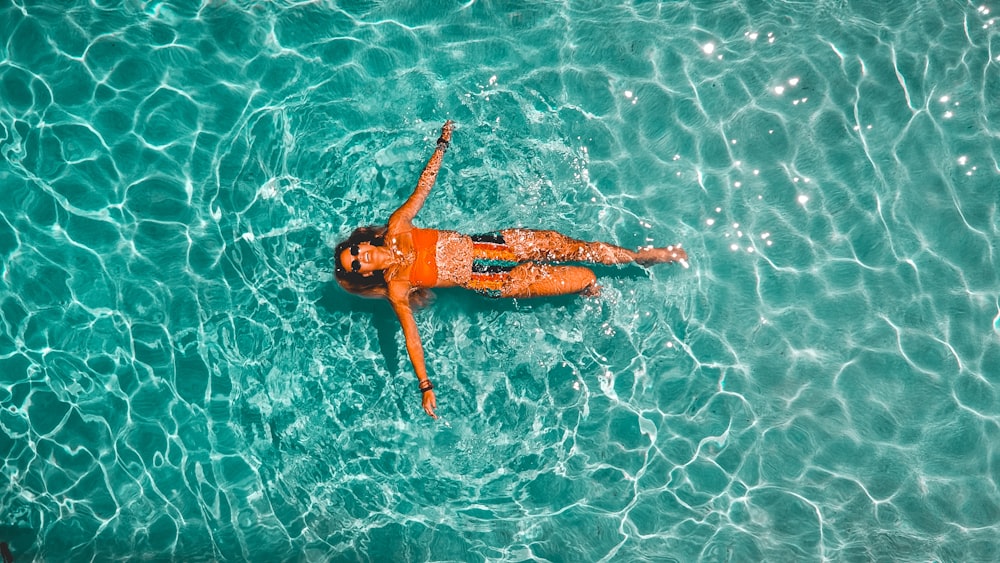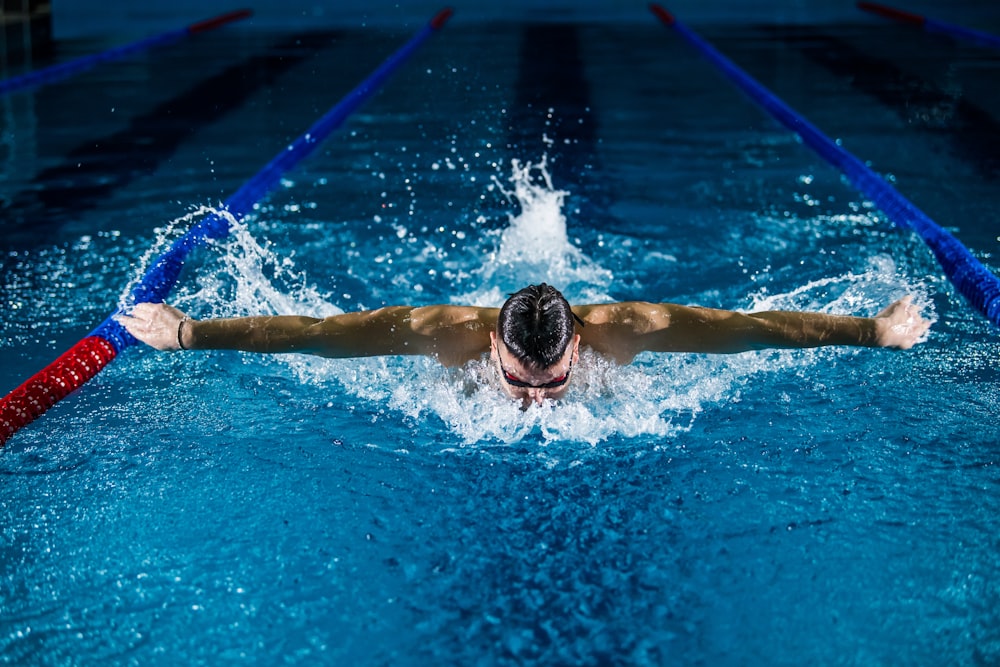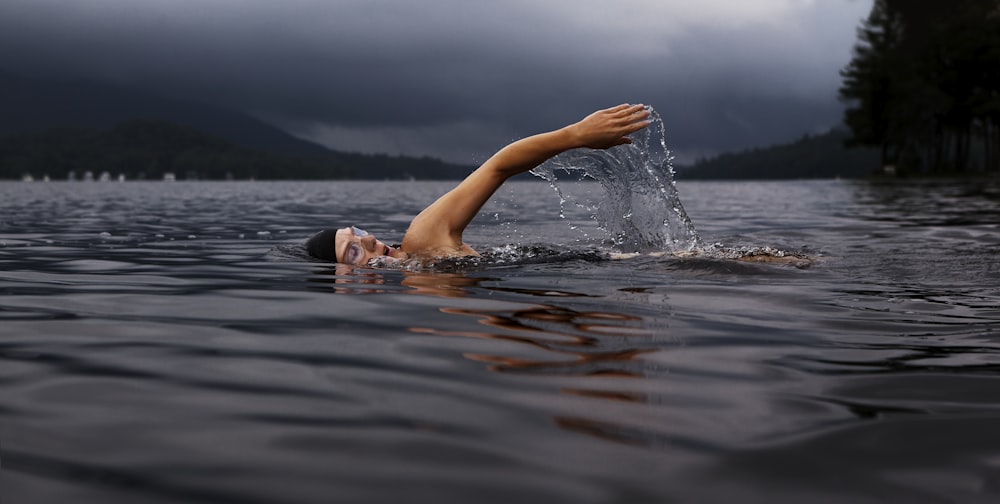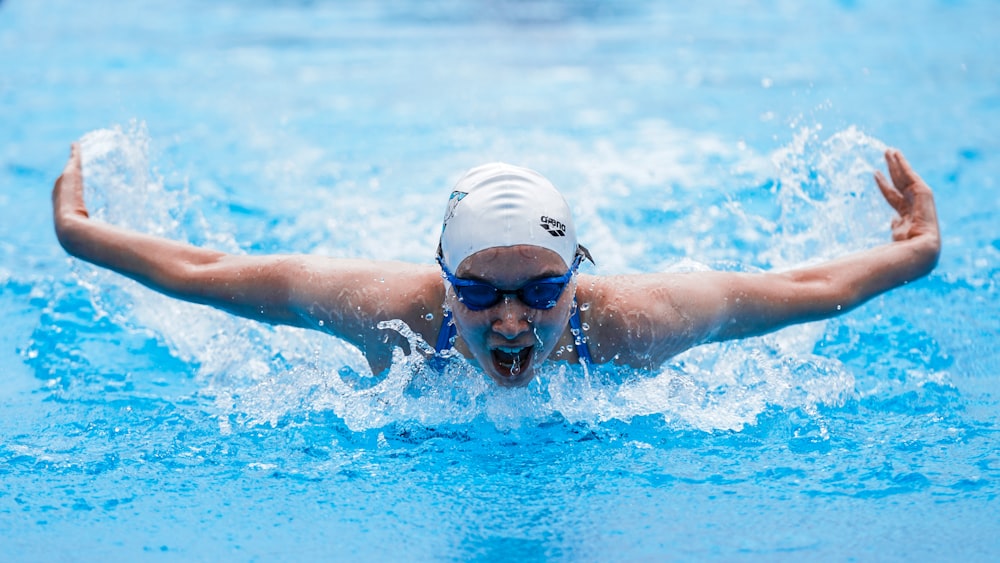Learning How to Swim: Things You Should Take Care Of
When you don’t know what you’re doing, learning how to swim might be frightening. But don’t panic, there are steps you can take to make learning to swim less intimidating. It won’t take you long to master swimming once you do.
Dealing with your fear: learning to swim
Image via Unsplash.com
Due of their fear of drowning, many people put off learning to swim. While drownings do happen, the majority of them might have been avoided with a few basic safety precautions. When swimming, abide by these rules to significantly reduce your risk of drowning:
- Swim with a partner. Always have a strong swimmer with you when you go swimming, if not more than one. The ideal spot to swim is usually somewhere that has lifeguards on duty.
- Never learn to swim in a moving body of water. You will need to pay closer attention to the movement of the water if you’re learning to swim in a river or ocean. If you must learn to swim this manner, make every effort to be alongside an experienced swimmer.
- Until you have enough water experience and are sufficiently at ease in the water, wear the appropriate safety equipment.
- Keep your depth to a level you can manage. Don’t go into water that is too deep for you to stand in while you are initially beginning to swim.
Get used to floating: learning to swim
Image via Unsplash.com
When you’re in the water, grab on to a dock or the side of a pool and allow your legs to float out behind you; if you let them, they should lift with ease. Some people prefer to float to the top as your upper body sinks. Simply retry the strategy without getting anxious. Practice doing this on your stomach and back once you feel comfortable letting half of your body float.
As soon as you’re prepared, try floating on your back or your stomach. Keep your depth shallow so you can easily stand up if it doesn’t work out. You’ll become used to having water around your ears while having your nose and mouth in the air, even if it can seem strange at first. Put your arms out straight so that your body forms a “T” shape for more support. You can try inhaling deeply before floating if this is your first time floating. Your body will undoubtedly float if your lungs are full of air. Perform this up till you gain additional expertise.
Do not panic
Image via Unsplash.com
Always bear in mind that if you find yourself in an intolerable depth or otherwise unable to move your limbs, you have a backup plan: float on your back. If you are unable to swim, simply lie back as flat as you can and allow the water to take you as you collect your thoughts. Don’t thrash about or breathe fast.
Holding your breath and having your lungs full of air are helpful tips for floating on your back. Another helpful suggestion is to expose your stomach.
Underwater exhaling: learning to swim
While you are still at a shallow depth, breathe more deeply and bury your face. Once you run out of oxygen, carefully inhale through your nose and stand back up. Bubbles ought to release. You can also exhale through your mouth, however this frequently results in a torrent of large bubbles.
You can use a nose plug or hold your nose shut if you find it painful to exhale through your nose, or you can exhale through your mouth.
Wearing googles
Image via Unsplash.com
You might be able to see more clearly and feel more at ease opening your eyes underwater if you’re wearing goggles. Choose a pair with puffy eye circles and dip them in water to make them attach to your skin. To ensure that the goggles are securely in place, tighten the strap around your head.
Learning how to kick legs: learning to swim
You can practice kicking whether you’re floating on your back or still clinging to the pool’s edge. Practice using a kickboard to see how far each kick can carry you. As a result, you are free to concentrate on your kicking technique without having to worry about staying afloat.
Consider a flutter kick. Keep your legs mostly straight, point your toes out like a ballerina, and kick lightly with alternate legs. Your ankles ought to have the greatest range of motion.
Test out a whip kick. From the hips to the knees and the knees to the ankles, keep your legs firmly clasped together. Then, quickly draw your shins apart and move them in a circular manner, keeping your thighs together the entire time. Begin by bending your knees so that your shins form a roughly 90-degree angle. Move your right leg to the right and your left leg to the left to form a half-circle. At the bottom of the circle, reunite your shins and raise them once more to recommence the kick.
Learn how to crawl
Image via Unsplash.com
Crawls are excellent beginner strokes because they allow you to move fast. Here’s how to carry them out:
First, try the backstroke. Lay flat on your back while floating, then flutter kick your legs. Do the “crawl” action with your arms, rising one arm straight into the air and maintaining its straightness as it returns to the water next to your head. After submerging it, bend it to return it to a straight position next to your side, then repeat. Swim with alternate arms and make sure to maintain your hands flat and your fingers as close together as you can.
A front stroke, often called a freestyle or American crawl, could be useful. Float on your stomach, flutter kick with your legs, and “crawl” forward with your arms. When you are ready to “push” the water behind you, raise one arm out of the water so that it is “reaching” forward. Then, lower it back down. Exchange the arms. Your head must be turned to one side and lifted high enough to allow you to take a breath under the crawling arm. So that you breathe once every two strokes, take a breath under the same arm each time.
USEFUL LINKS:
For a wonderful guide on swimming, check this out
Tips for modernizing your home










4 Comments on “Learning How to Swim: Things You Should Take Care Of”